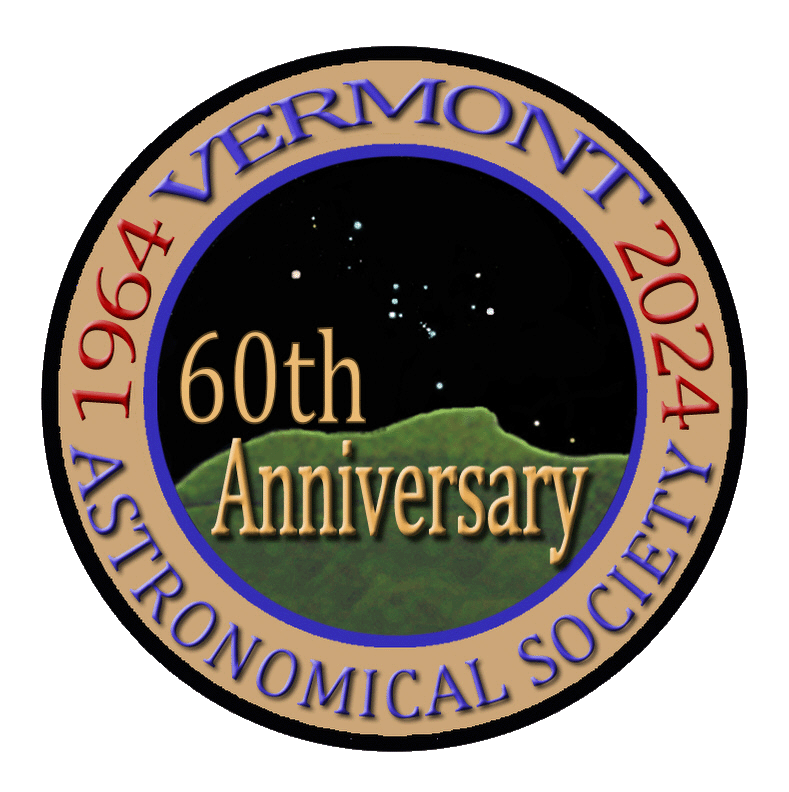Here is an image of the Lagoon and Trifid nebulas, M8 and M20 respectively. These are beautiful objects I look at every year in both telescopes and binoculars. I've never tried imaging them as I thought them too low, but this year I gave it a go and while I could only capture a few hours per night, over several nights I was able to get enough data for an image. I imaged these with a TEC140 with Astro-Physics reducer and ASI6200MM camera with Chroma LRGB filters. The image is the result of less than 2 hours of Luminance and 90 minutes of Red, 60 minutes of B and Green. But I am reasonably happy with the outcome.
The Lagoon Nebula is estimated to be between 4,000–6,000 light-years away from the Earth. In the sky of Earth, it spans 90' by 40', which translates to an actual dimension of 110 by 50 light years. Like many nebulae, it appears pink in time-exposure color photos but is gray to the eye peering through binoculars or a telescope, human vision having poor color sensitivity at low light levels. The nebula contains a number of Bok globules (dark, collapsing clouds of protostellar material), the most prominent of which have been catalogued by E. E. Barnard as B88, B89 and B296. It also includes a funnel-like or tornado-like structure caused by a hot O-type star that emanates ultraviolet light, heating and ionizing gases on the surface of the nebula. The Lagoon Nebula also contains at its centre a structure known as the Hourglass Nebula (so named by John Herschel), which should not be confused with the better known Engraved Hourglass Nebula in the constellation of Musca. In 2006, four Herbig–Haro objects were detected within the Hourglass, providing direct evidence of active star formation by accretion within it (wikipedia)
You can see the hourglass just left of the bright star in the center of the brightest area of the nebula. The annotated images shows the Barnard objects by name.
The Trifid Nebula (catalogued as Messier 20 or M20 and as NGC 6514) is an H II region in the north-west of Sagittarius in a star-forming region in the Milky Way'sScutum–Centaurus Arm.[3] It was discovered by Charles Messier on June 5, 1764. Its name means 'three-lobe'. The object is an unusual combination of an open cluster of stars, an emission nebula (the relatively dense, reddish-pink portion), a reflection nebula(the mainly NNE blue portion), and a dark nebula (the apparent 'gaps' in the former that cause the trifurcated appearance, also designated Barnard 85). Viewed through a small telescope, the Trifid Nebula is a bright and peculiar object, and is thus a perennial favorite of amateur astronomers.[5]
The most massive star that has formed in this region is HD 164492A, an O7.5III starwith a mass more than 20 times the mass of the Sun. This star is surrounded by a cluster of approximately 3100 young stars. (wikipedia)
I have the framed image of M8 and M20 in RGB along with an annotated image with a little wider view which doesn't make a pleasing composition but does provide some interest in the objects on the far left side. It seems a wider field shot of this area may be in store for me next year.
@terri Beautiful images, Terri! Love the colors. Yes, there are tough to get from our locale, but definitely worth it! I hope to revisit them again next year as well.
Greg
@terri Beautiful images, Terri! Love the colors. Yes, there are tough to get from our locale, but definitely worth it! I hope to revisit them again next year as well.
Greg
Thank you so much Greg. The image above actually didn't have any 'L' in it, so here's with luminosity applied. There is more detail in it but it'll be hard to tell without comparing.
@terri I can see the difference, Terri. The one with the luminosity seems to have more detail in it, but overall is a bit darker.
Greg
@greg-erianne Thanks Greg for looking.. I just love looking at these giant clouds of gas and dust and wonder just what caused their shapes and forms. It's all so amazing.
Terri
@terri Me too, Terri! That's one of the reasons I love to image nebulae. And the intricacies of how they form (and are forming!) just boggles my mind and I often think about how complex the astrophysics behind them must be. Amazing, indeed! 😀
Greg

